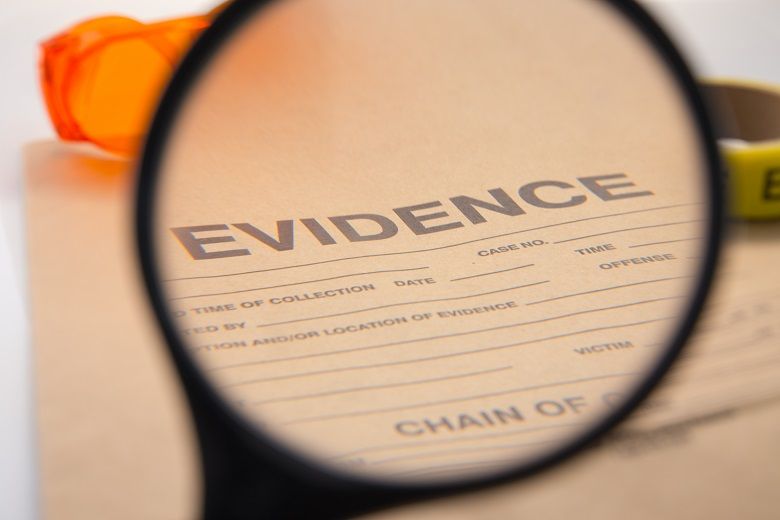One of the most significant challenges faced by law enforcement agencies across the United States today is the rape kit backlog. At present, there are an estimated 400,000 untested rape kits sitting in evidence rooms across the country, leaving countless cases unsolved and putting survivors of sexual assault at risk of further harm.

In the past, the main obstacle to processing these kits has been the time-consuming and expensive task of analyzing DNA evidence. DNA samples taken from rape kits are often fragmented and mixed with other genetic material, making it difficult for human analysts to make sense of the results. Even when analytical labs do have access to the necessary technology, it can take months or even years to work through the backlog of cases.
However, there is hope on the horizon. The development of probabilistic genotyping algorithms has the potential to revolutionize the way police process rape kits, significantly speeding up the analysis process and improving the chances of solving these crimes.
Probabilistic genotyping is a sophisticated mathematical technique that takes into account the statistical likelihood of different genetic sequences appearing in a given sample. Using complex algorithms, the software can analyze even the most degraded or mixed DNA samples, allowing analysts to hone in on the genetic material that is most likely to match the perpetrator.
In addition to speeding up analysis times, probabilistic genotyping has the potential to improve the accuracy of DNA evidence analysis. When human analysts are faced with complex mixtures of genetic material, it can be challenging to determine which specific alleles belong to which individual. By contrast, probabilistic genotyping algorithms can take a more comprehensive view of the evidence, assessing the overall probability of specific genetic profiles rather than trying to break individual alleles down into discrete categories.
Despite the advantages of probabilistic genotyping, it is not without its challenges. There are concerns that some algorithms may be biased against certain populations, leading to inaccuracies in DNA profiling. Additionally, there is a risk that overreliance on computational analysis could lead to false positives or false negatives, potentially leading to wrongful convictions or allowing perpetrators to remain at large.
However, many within the law enforcement community see probabilistic genotyping as a valuable tool in the fight against sexual violence. With so many rape kits in evidence rooms across the country, any technology that can help to reduce the backlog and bring justice to survivors is welcome.
In the wake of the COVID-19 pandemic, there is a growing sense of urgency around reducing the backlog of untested rape kits. Social distancing measures have made it more difficult for law enforcement agencies to process DNA samples and conduct investigations, making the need for fast and accurate forensic analysis more pressing than ever.
Probabilistic genotyping is just one of the many tools that could help to address the issue of the rape kit backlog. However, by embracing the power of computational analysis and making use of the latest developments in technology, law enforcement agencies could take a significant step towards ending the injustice of untested rape kits.
In conclusion, probabilistic genotyping is a powerful and exciting tool that has the potential to make a real difference in the fight against sexual violence. By combining cutting-edge algorithms with expert analysis, law enforcement agencies can reduce the backlog of untested rape kits, improve the accuracy of DNA evidence analysis, and bring justice to survivors of sexual assault. As we navigate these uncertain times, it is more important than ever to make use of innovative solutions to tackle the challenges that we face. Probabilistic genotyping is just one example of how technology can be used to make a real difference in our world today.